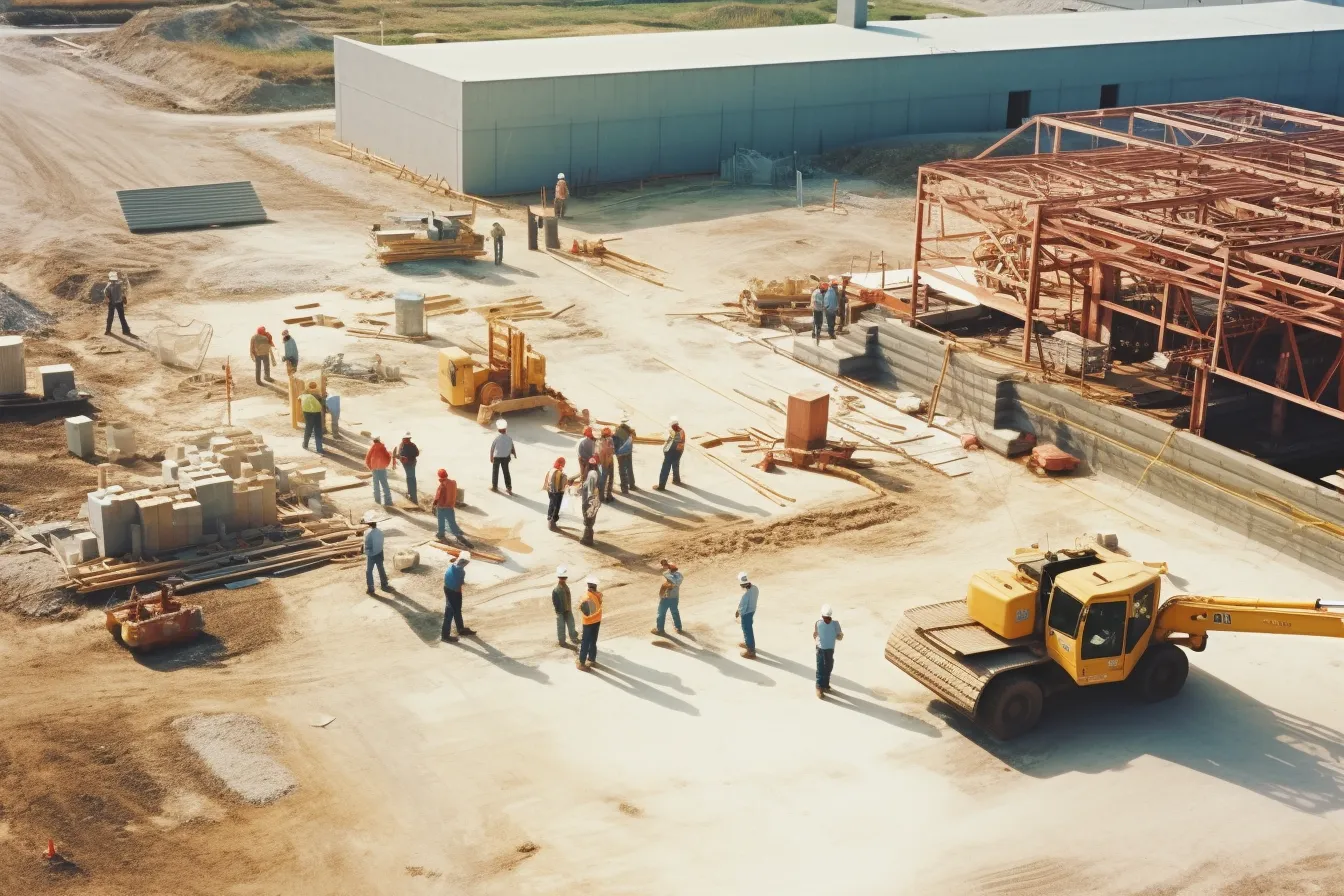In today’s society, the construction industry is predominantly male-dominated. However, the role of women in construction cannot be underestimated. From breaking down stereotypes to pioneering innovation, female builders have made remarkable contributions while facing unique challenges along the way. This article aims to shed light on the invaluable role of women in construction, highlighting their contributions and the hurdles they overcome in this traditionally male-centered field.
The Pioneers and Trailblazers
Throughout history, women have defied societal norms and shattered glass ceilings to become influential figures in the construction industry. (Ada Lovelace, the world’s first computer programmer, was also an esteemed mathematician.)* In the late 19th century, Emily Warren Roebling played a pivotal role in the completion of the Brooklyn Bridge, taking charge when her husband, the chief engineer, fell ill. These pioneers, and many others like them, paved the way for future generations of women in construction.
The Contributions of Women in Construction
Women have made significant contributions to the construction field, excelling in various disciplines and challenging the notion that construction is solely a man’s domain. Female architects, engineers, project managers, and skilled tradespeople bring a diverse range of perspectives, expertise, and problem-solving skills to the industry.
Architects: Women architects have made their mark on skylines around the world, designing iconic structures that blend functionality and aesthetics seamlessly. Their creativity and attention to detail have revolutionized architectural practices.
Engineers: Female engineers have spearheaded groundbreaking projects and advancements, harnessing their expertise in structural, civil, electrical, and mechanical engineering disciplines. Their innovative solutions have enhanced the efficiency, safety, and sustainability of construction practices.
Project Managers: Women in project management have excelled in overseeing construction projects, ensuring every aspect is coordinated, timelines are met, and budgets are adhered to. Their organizational skills and leadership abilities have proven instrumental in successful project completion.
Skilled Tradespeople: From carpenters to plumbers, electricians to bricklayers, women are proving their mettle in traditionally male-dominated trades. Their craftsmanship and dedication to quality workmanship add value to every project they undertake.
Challenges Faced by Female Builders
Despite their contributions, women in construction continue to encounter challenges unique to their gender. These challenges can include gender bias, unequal pay, lack of mentorship, and limited career growth opportunities. (However, with ongoing efforts to promote diversity and inclusion, the industry is gradually becoming more welcoming and supportive of women in construction.)*
Gender Bias: Women often face preconceived notions and stereotypes that undermine their capabilities in construction. However, their successes and accomplishments consistently disprove these biases.
Unequal Pay: In many cases, women in construction earn less than their male counterparts, despite possessing equal qualifications and experience. This wage disparity highlights the need for ongoing advocacy and equal pay initiatives.
Lack of Mentorship: Female builders sometimes struggle to find mentors who can guide them through their career journeys. Establishing mentorship programs and fostering a supportive network can help address this issue and provide invaluable guidance and support.
Career Growth Opportunities: Women may encounter barriers when it comes to career advancement. Breaking through the glass ceiling requires additional efforts to overcome gender biases and promote inclusive growth opportunities.
Embracing Diversity for a Bright Future
Recognizing the importance of gender diversity in the construction industry is crucial for progress. Companies and organizations must actively promote inclusivity, equal opportunity, and fair treatment for all builders, regardless of gender. By addressing the challenges faced by women in construction and creating supportive environments, the industry can harness the full potential of its female workforce.
Moreover, it is imperative to inspire and encourage more women to pursue careers in construction. By actively engaging with schools and educational institutions, providing scholarships, and promoting STEM (Science, Technology, Engineering, and Mathematics) programs, the construction industry can attract a diverse pool of talent and continue to thrive in an ever-evolving world.
In conclusion, the role of women in construction is invaluable and deserves recognition. From being pioneers and trailblazers to contributing their expertise and innovation, female builders have left an indelible mark on the industry. Despite facing unique challenges, women continue to overcome barriers and push the boundaries of what is traditionally deemed as “men’s work.” By embracing diversity, promoting inclusion, and providing equal opportunities, the construction industry can foster an environment where all builders, regardless of gender, can thrive, and contribute to a brighter future.
